Jay Xu: bringing emperors to life in San Francisco
Updated: 2016-09-14 11:07
By Lia Zhu in San Francisco(China Daily USA)
|
|||||||||
At a time when museums have changed, one constant remains throughout mankind - the love of stories.
"You cannot simply put an object just on a padded stool and expect people to come and admire it," said Jay Xu, director of the Asian Art Museum in San Francisco. "People really want to experience. Experience is the most important quality of our life today."
Then how to create an experience that is enjoyable, understandable and educational at the same time?
Xu's approach is to make the objects human rather than remote symbols so visitors can relate to them.
The exhibition Emperor's Treasures, which runs through Sept 18 at the Asian Art Museum in San Francisco, shows artworks from the Chinese imperial collection, which represents Chinese material culture and art at its best.
"Our show is not aimed to show the grandeur of the imperial identity, because everyone could see that through pictures like the Forbidden City, but not everyone gets to understand emperors intimately, closely, and that's our focus," said Xu.
He said the exhibition was designed to humanize the emperors, who were "high above us" and behind the walls of imperial palace.
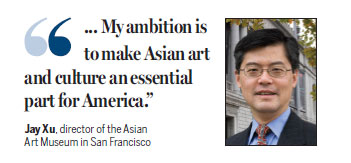
"But I think actually they were humans, just like us. They had their own particular habits. So we designed the setting of the show as if you entered their private studios, so visitors can have intimate visual conversation with the emperors of China in a private studio setting," he said.
At the past exhibition China at Center, which featured two large ancient maps crafted by Western missionaries and Chinese cartographers, the museum adopted interactive technologies to enlarge the translated names and descriptions of the land - the 17th century scholars in China not only wanted to know what the land was called but also its customs and what was special about it.
"The maps are not only a tool for navigation but very important political expression," said Xu. "It's very interesting and enables people to see that the different cultures and different regions created different maps from their own perspective."
Inspired by the museum's ideal of a "bridge to understanding between the US and Asia", said Xu, "my ambition is to make Asian art and culture an essential part for America".
"The economic development makes the connections across the Pacific essential. I think the cultural connection could be stronger, and we could do a lot more," he said. "Our museum is best located because we are in the middle between the Pacific Ocean and the land of North America."
liazhu@chinadailyusa.com

 Riding on smart cycles in Nanjing city
Riding on smart cycles in Nanjing city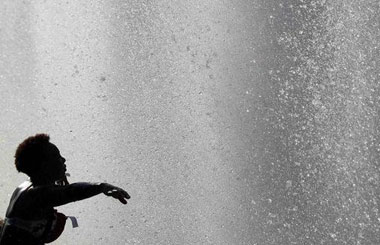
 Britain records warmest September day since 1911
Britain records warmest September day since 1911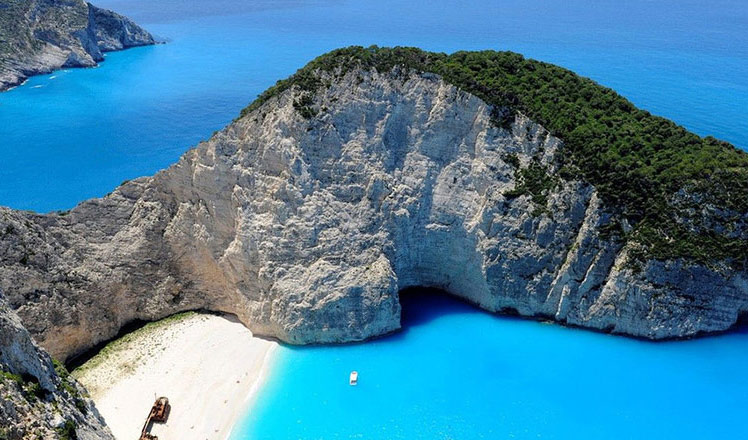
 Island retreats you may not want to miss for holidays
Island retreats you may not want to miss for holidays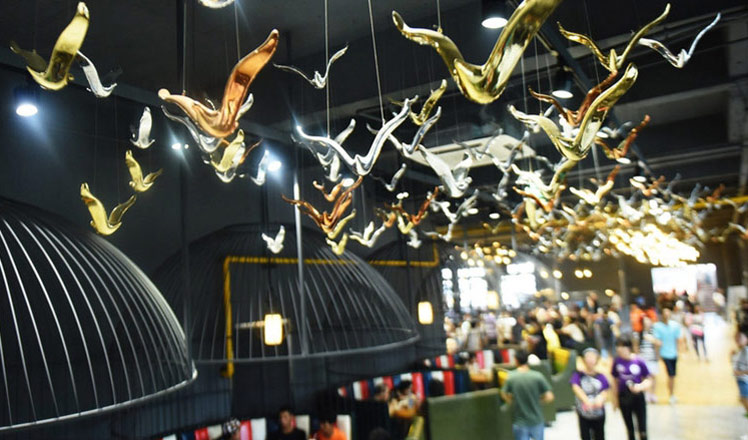
 Industrial-style canteen surprises university students
Industrial-style canteen surprises university students
 Cute animals share a bite of moon cake festival
Cute animals share a bite of moon cake festival
 Orphaned Chinese marries American at SOS village
Orphaned Chinese marries American at SOS village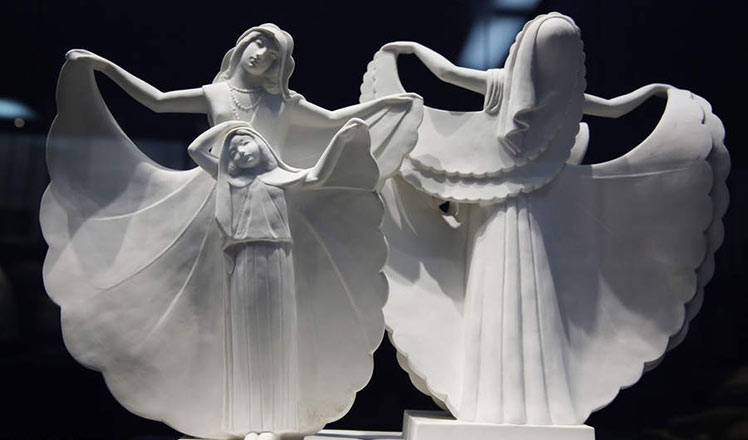
 French royal porcelains shine in Xi'an
French royal porcelains shine in Xi'an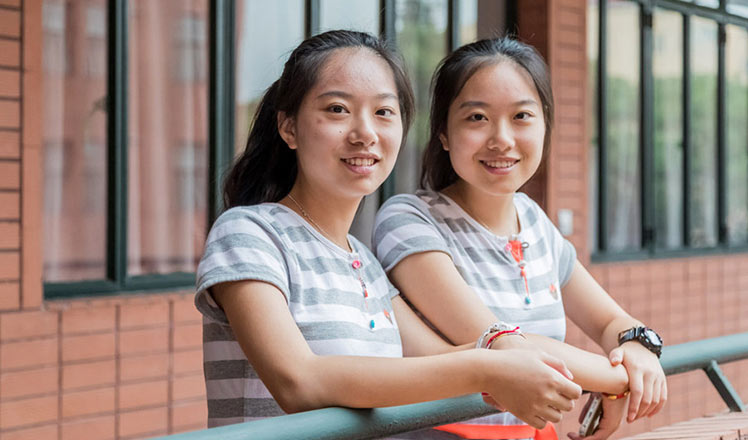
 How to raise great kids? A case for twin girls
How to raise great kids? A case for twin girls
Most Viewed
Editor's Picks

|

|

|

|

|

|
Today's Top News
Trump outlines anti-terror plan, proposing extreme vetting for immigrants
Phelps puts spotlight on cupping
US launches airstrikes against IS targets in Libya's Sirte
Ministry slams US-Korean THAAD deployment
Two police officers shot at protest in Dallas
Abe's blame game reveals his policies failing to get results
Ending wildlife trafficking must be policy priority in Asia
Effects of supply-side reform take time to be seen
US Weekly

|

|









